Found 40 movies, 8 TV shows, and 0 people
Can't find what you're looking for?

Lost cinema. Lost culture. Lost country. Lost people. How to recreate the past with nothing? Cinema of the impossible. The silent past is a horror film. The smell of nitrate in the morning. How many ghosts can the cinema contain? 75 films. 22 years. What is the numerological significance? Too late. Never too late.

This DVD set have all The Ultraman pre-release lost films, recorded in 8mm, and release officialy in 2005 with a photobook.

They are travelogues in photographic fact and in the mind. Unable to afford printing them, I had stuck them in a drawer. The first was made in 1991, the second through sixth in 1992, seven and eight in '93, and the ninth in '92.
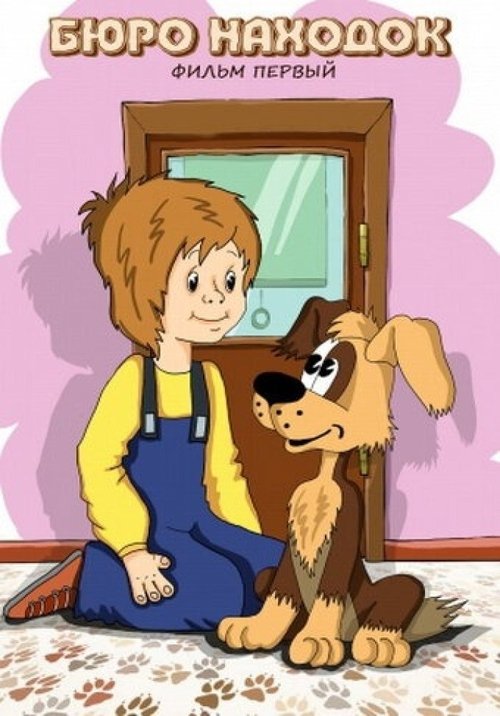
About the adventures of a stray dog Tishka, who became an experienced detective in Lost and Found.

A basket of eggs arrives at the lost and found office. The dog sets off in search of the mother bird, who turns out to be a crocodile.

About how the Lost and Found Bureau staff found the items that had gone missing from the Bureau and discovered the culprit behind these disappearances—a thieving magpie.
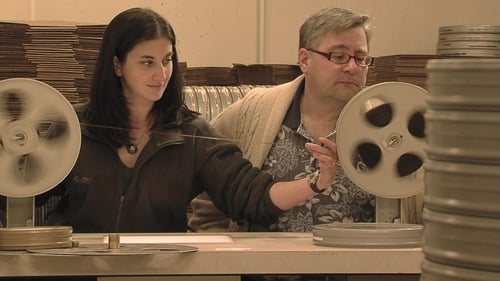
This documentary short takes you inside the fascinating world of film preservation and restoration.
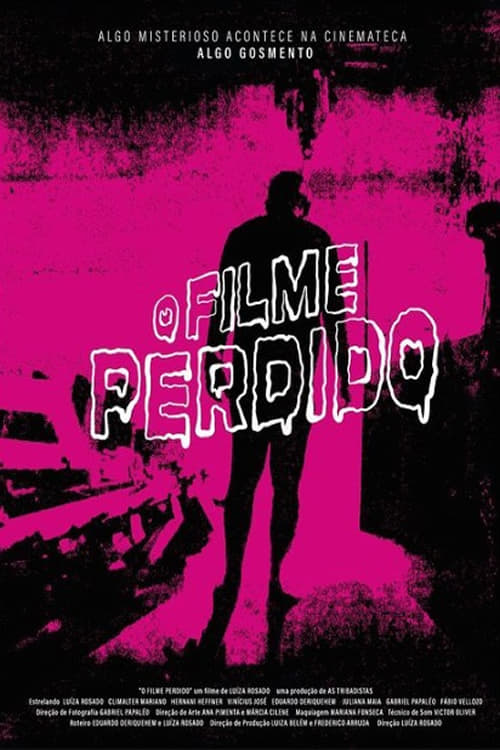
Luíza documents the relocation of the collection of film documents at the Cinemateca do MAM (RJ). However, things start to get strange when the staff show mysterious behaviour.
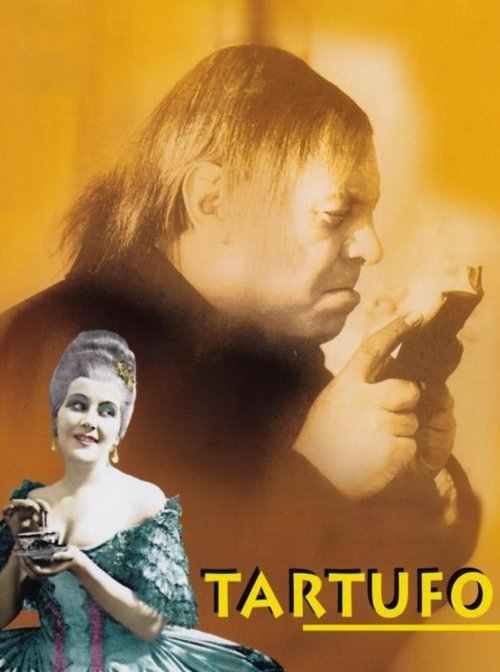
Documentary about F.W. Murnau's "Herr Tartüff (1925)".
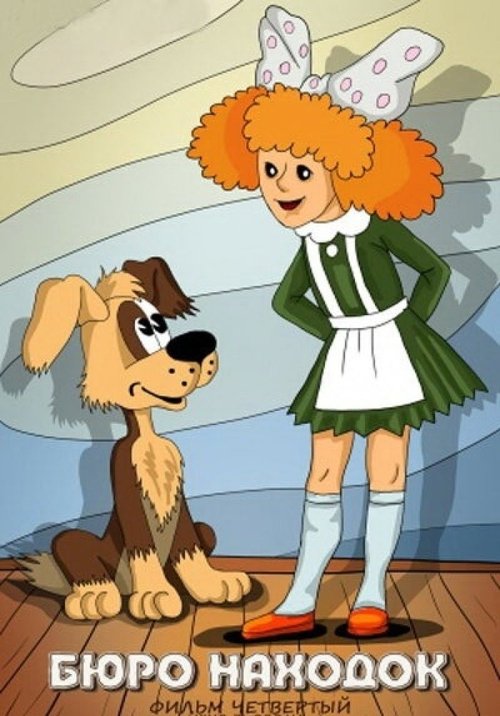
The magpie that stole Tishka the dog's medal organized a school of “magpie sciences,” where it decided to teach first graders the “art” of deception. But Tishka and his friend the parrot tracked her down.

Eduardo, a middle-aged man finds images from his childhood. He tries to rebuild the memory of his own past in order to tell the story to his son. In his walk down memory lane he will face death, pain, and separation.

The first Filipino silent, horror and science fiction movie. From the imagination of Khavn.

No description available for this movie.

Stories about the past often revolved around lost manuscripts and rare books.

The grim woes that surrounded famed director Peter Bogdanovich and his film, "They All Laughed."
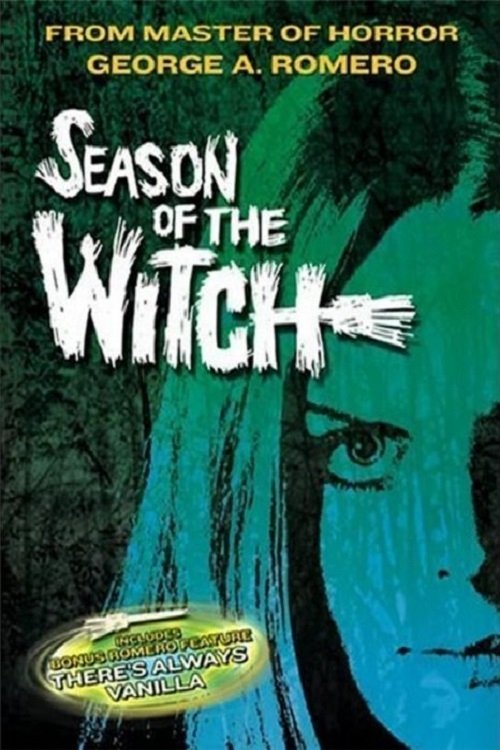
An interview of George A. Romero discussing his two "lost" films, There's Always Vanilla and Season of the Witch.
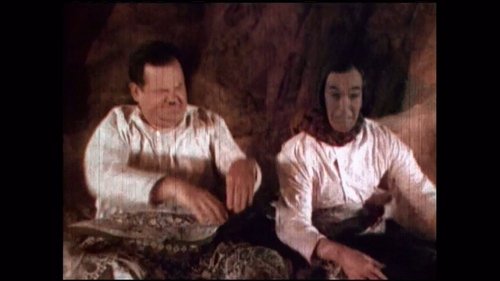
Among the pieces featured in Fragments are the final reel of John Ford's The Village Blacksmith (1922) and a glimpse at Emil Jannings in The Way of All Flesh (1927), the only Oscar®-winning performance in a lost film. Fragments also features clips from such lost films as Cleopatra (1917), starring Theda Bara; The Miracle Man (1919), with Lon Chaney; He Comes Up Smiling (1918), starring Douglas Fairbanks; an early lost sound film, Gold Diggers of Broadway (1929), filmed in early Technicolor, and the only color footage of silent star Clara Bow, Red Hair (1928). The program is rounded out with interviews of film preservationists involved in identifying and restoring these films. Also featured is a new interview with Diana Serra Cary, best known as "Baby Peggy", one of the major American child stars of the silent era, who discusses one of the featured fragments, Darling of New York (1923).
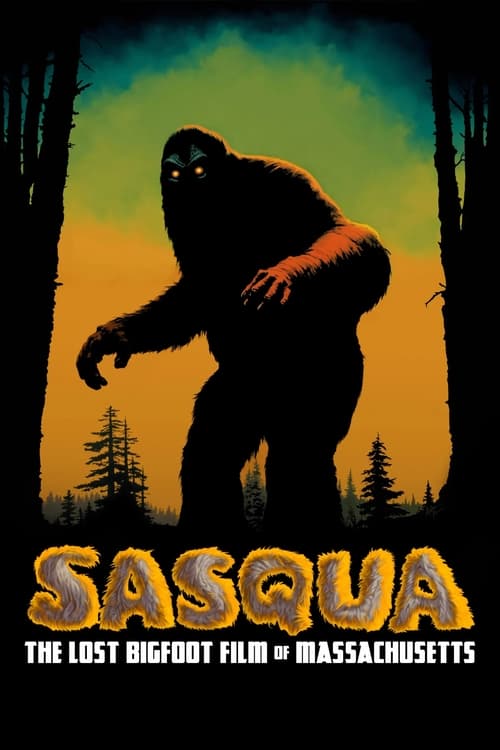
In the early 1970s, a band of regional New England filmmakers and locals came together to create and release what is now considered a lost holy grail Bigfoot horror film called, SASQUA. The film experienced a brief run in theaters and drive-ins in both New England and in the Southern USA, before ultimately disappearing. Through rare photographs and footage, as well as interviews with those sharing their personal stories about the production for the very first time, Sasqua: The Lost Bigfoot Film of Massachusetts will take viewers back into the New England woods in the hope of understanding what happened to this nearly 50-year old lost monster movie.
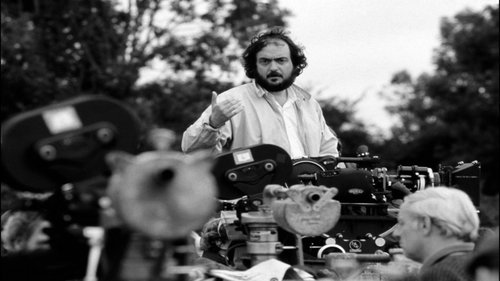
He is considered by many the greatest film director the medium has ever known. Yet in a 45-year career, Stanley Kubrick's films number only a dozen. That he strove for perfection is well established. What is less known is that he lavished years of energy on several films that never saw the flickering light of the silver screen. Through interviews and abundant archival materials, this documentary examines these "lost" films in depth to discover what drew Kubrick to these projects, the work he did to prepare them for production, and why they ultimately were abandoned.

More than one third of the works made during the 120 years of Hungarian film history are considered lost, ruined or deliberately destroyed. But how did all this happen?

A young woman doesn't want to get married, but simply live together with the man she loves. This leads to problems when the man dies and she's left with a child.
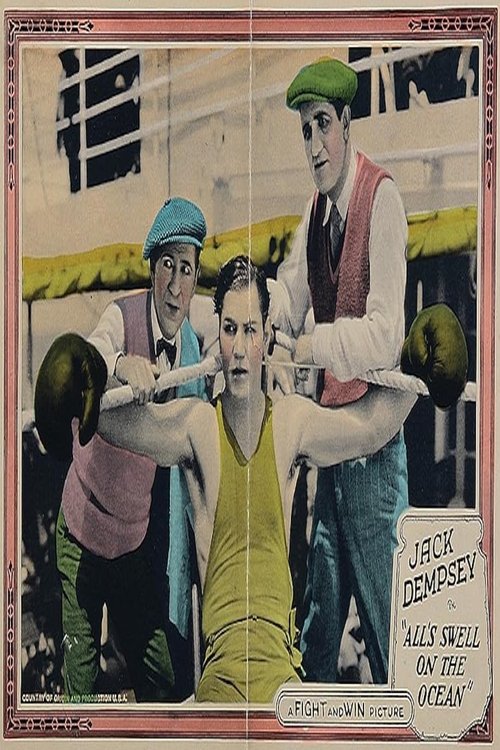
Homesick for America, Jack and his pals get aboard a ship U. S.-bound disguised as entertainers. As entertainers they're flops, but evoke considerable mirth among the passengers by their efforts. Jack arouses the jealousy of a Frenchman, who is keen on a young French girl, and is challenged to a fight. The Frenchman fights a la Savatte (the French method, including kicking, bucking, etc.) and is getting the better of Jack, until the latter dons a pair of hobnailed brogans. He consents to remove these if his adversary will put boxing gloves on his feet. The Frenchman gets seasick and is counted out as he leans over the rail, where he is soon joined by Jack.

The story of a poor young woman, separated by prejudice from her husband and baby, is interwoven with tales of intolerance from throughout history.
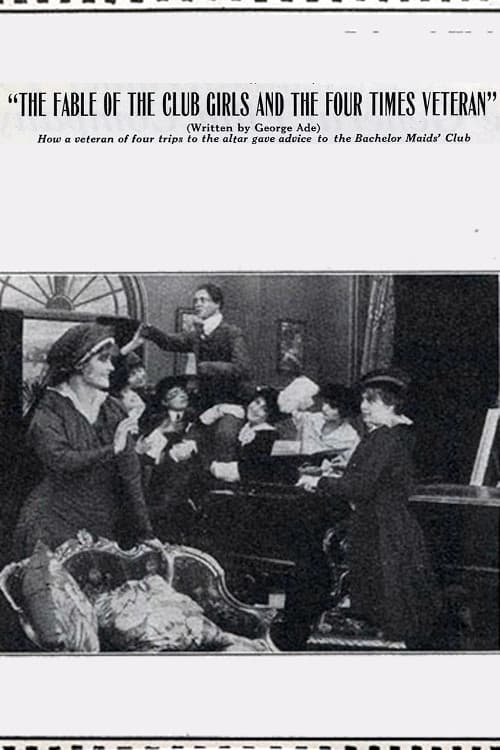
Once a lot of grown-up girls organized a club for the discussion of current evils. The principal current evil they discussed was man. The object was to find some way to keep them home at nights. One dame thought every wife ought to provide her companion with an intellectual atmosphere so he wouldn't sneak out at night to the thirst parlor.
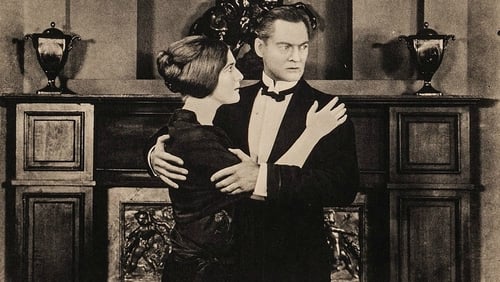
Boston Blackie Dawson gets some jewels that belonged to the imperial family of Russia. A gang of terrorists is after the jewels.
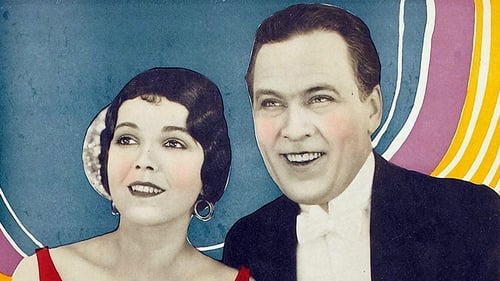
Disgusted with his spendthrift son, Kirk Anthony's father has Kirk shanghaied and taken to Panama, where he attracts the attention of Mrs. Edith Cortlandt. He subsequently falls in love with Chiquita, the daughter of a Panamanian general, gets a railroad job through Stephen Cortlandt and decides to make something of himself when he meets Allen Allan, a black mercenary. Stephen Cortlandt's death is blamed on Kirk until Edith produces a suicide note. He succeeds in his railroad position and returns to the United States with Chiquita to ask his father's forgiveness. A lost film.
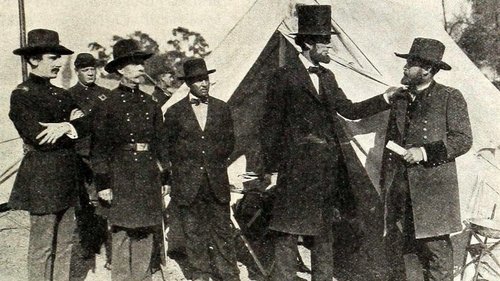
A biographical film featuring the presidency and assassination of Abraham Lincoln during the American Civil War.
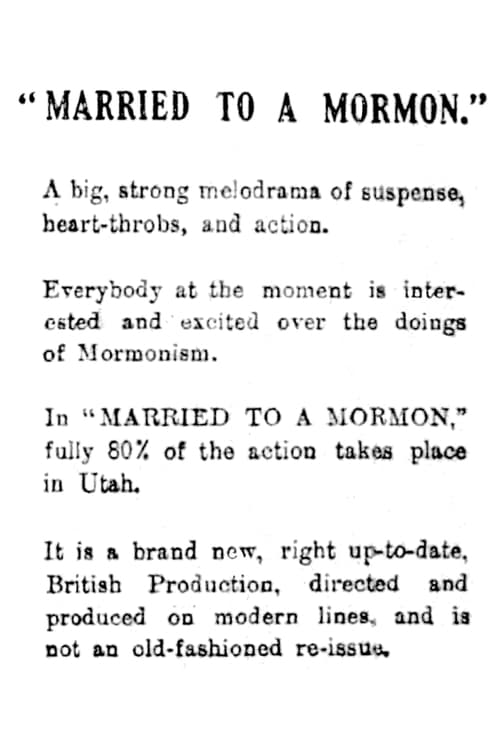
A Mormon weds a rich English girl, takes a second wife in Utah, and is killed by his first wife's lover.

A prince makes a socialite think she spent the night in his room.

German silent film
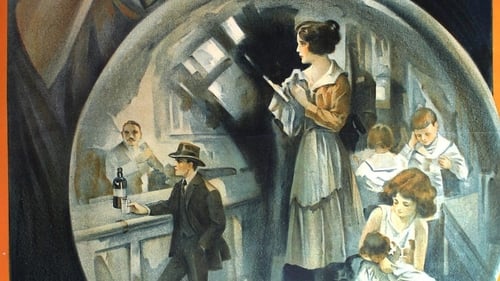
Adele Moore pressured by her father to choose a husband among four men consults a fortune teller for advice. The crystal ball warns none are suitable so Adele does a flit. Settling in Vermont she opens a store. Business is slow but one day a passing salesman walks in and things begin to look up!
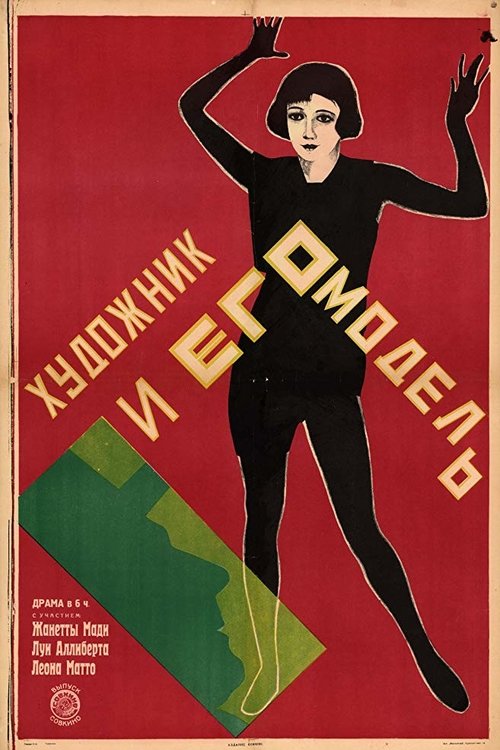
No description available for this movie.
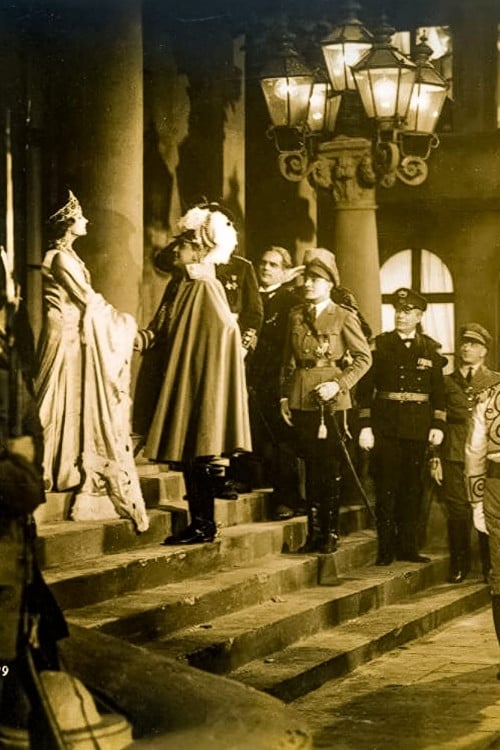
The film is an adaptation of the 1834 play by Alfred de Musset, On ne badine pas avec l'amour. The film is considered to be a lost film.
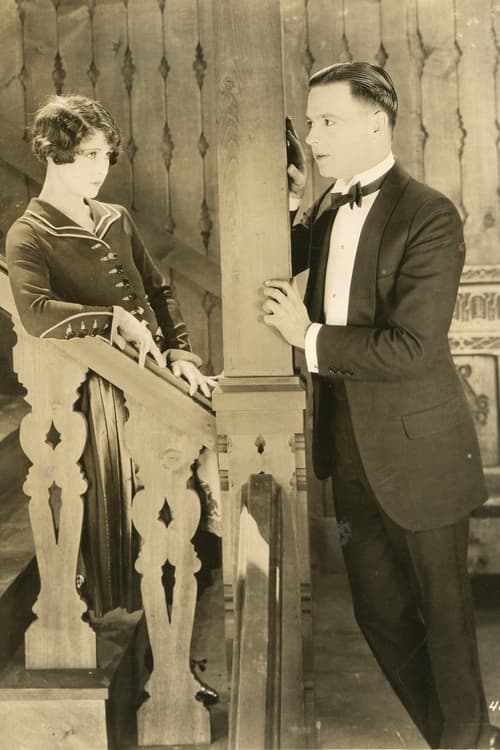
Jimmy Clark, sightseeing in France with his friend Algy Baker, falls in love, at first sight, with Betty Perry at the railroad station. The destination for all: Switzerland. There, Jimmy is mistaken for an expert mountain climber, J.K. Roberts. Betty is introduced to Jimmy and believes him to be the champion.

Elder brother, Adam Andinnian, is secretly married to Rose Turner. To defend her from a man who is stalking her and making lecherous advances, Adam shoots him and is sentenced to life in prison in a penal colony. Adam's mother, who favors him, conspires to help him escape the penal colony. The escape is a failure, resulting in a violent shootout where Adam, a prison guard, and another prisoner all perish. One body is never recovered, but the men are presumed dead. Younger brother, Karl, is engaged to Lucy Cleeves, but her snobbish parents deem him unsuitable. The narrative follows the interweaving lives and the long-term consequences of Adam's imprisonment and the failed escape attempt.
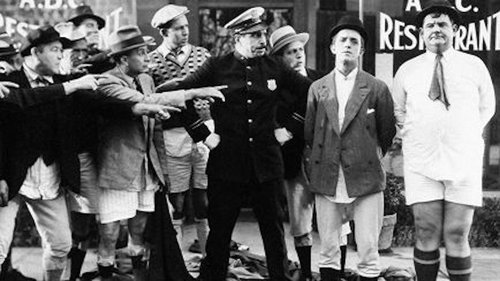
Fight manager takes out an insurance policy on his puny pugilist and then proceeds to try to arrange for an accident so that he can collect.
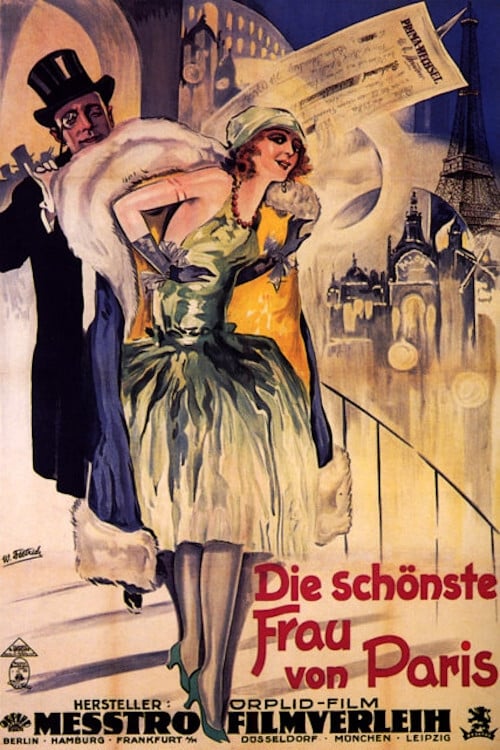
No description available for this movie.

Bill Drake is a cowpoke who must prove himself innocent of robbing the general store. The real culprit, as our hero detects, is Tom Evans, the weakling son of a local rancher.
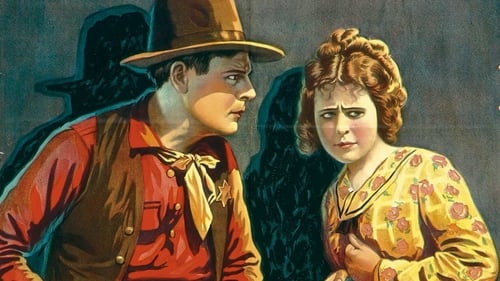
A story of the West in the days when the sheriff was more powerful than the mayor or governor. It tells of the sacrifices made by a sister for a brother and the virile, big-hearted nature of a stage-driver who is made sheriff and solves a mystery that hangs over the lives of two innocent people.
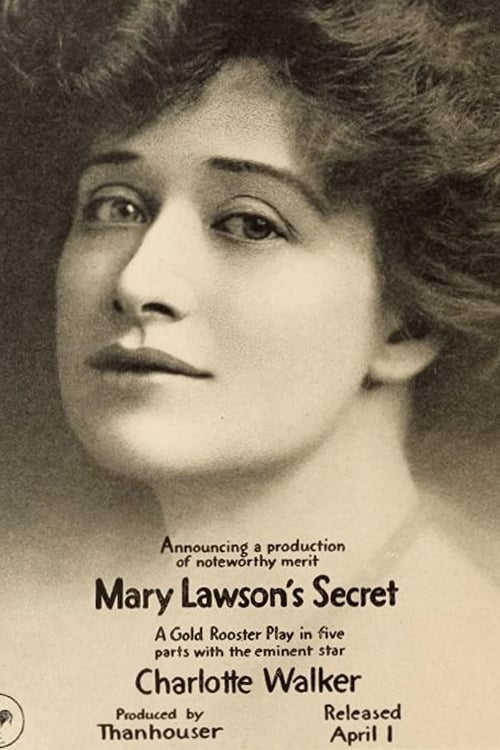
Mary Lawson, on the run from a false murder charge finds happiness in marriage to a simple man until the day a villain from her past emerges and threatens all she’s built.